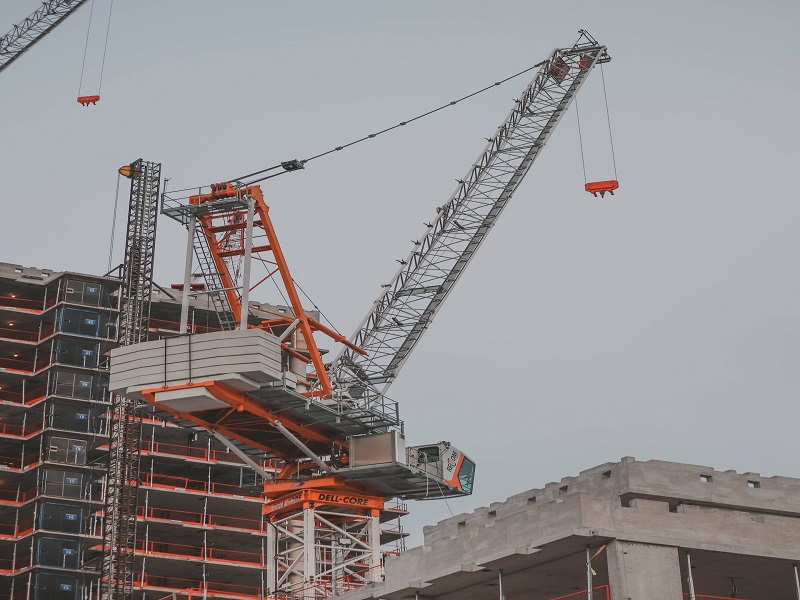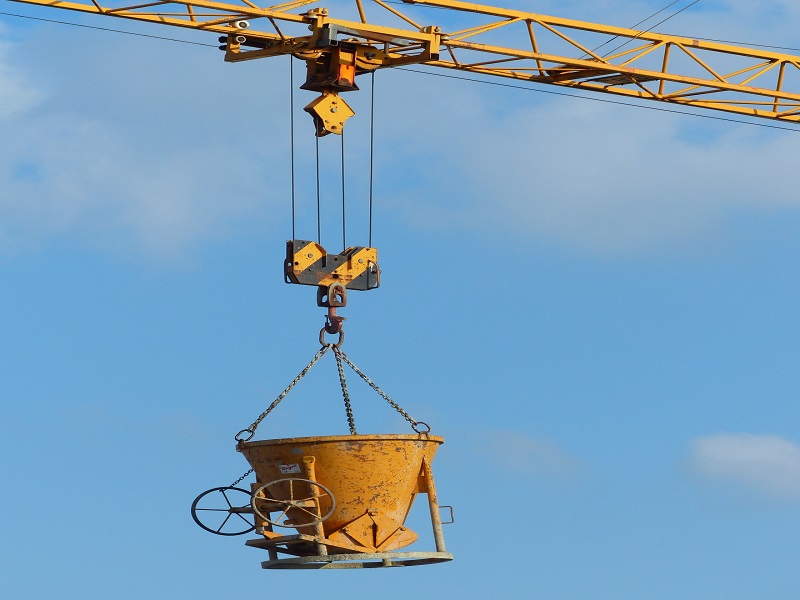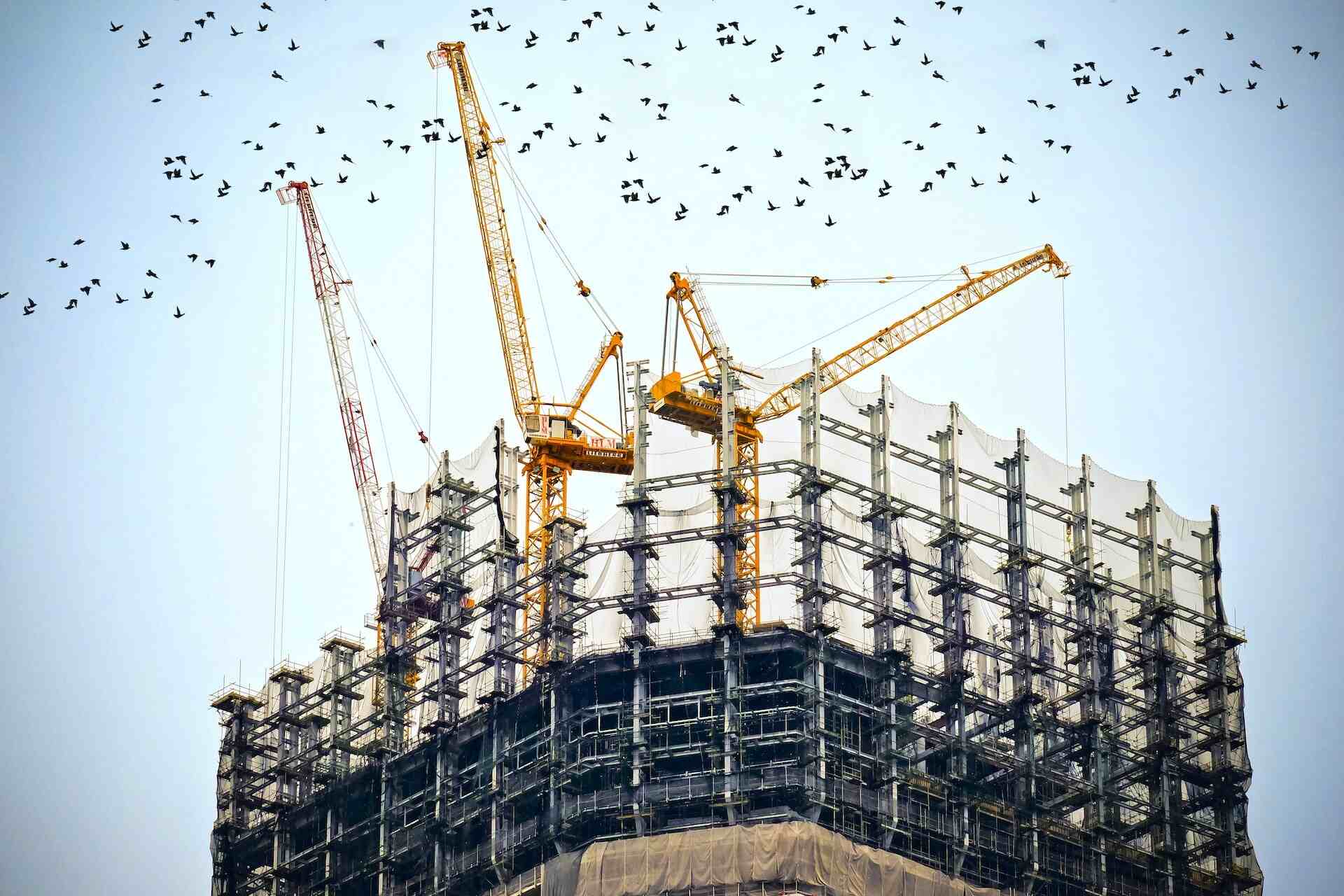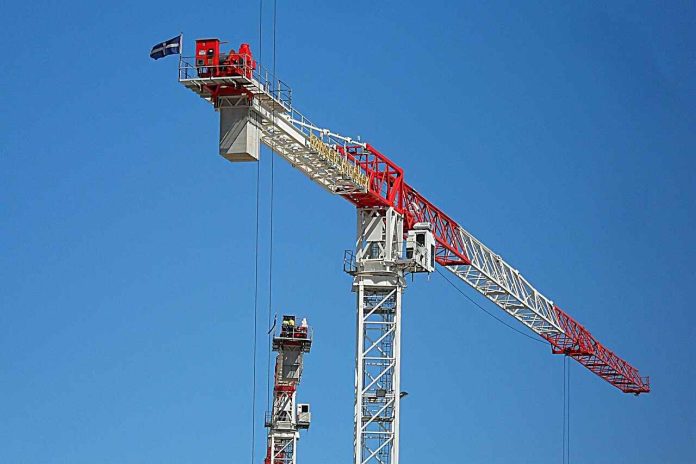Construction projects are undertakings that necessitate heavy investment. They require that you take the necessary steps to achieve the desired results. You must aim to complete the project in the desired duration and without any safety incidents. It would help if you had suitable rigging and lifting equipment to get the best results while avoiding any incidents.
There are a lot of risks associated with lifting due to its complications. You, therefore, need to be extra vigilant as you shop for a hoist to ensure you settle for one that best caters to your needs. A suitable hoist increases the safety levels at a construction site and ensures that work is completed on time. It also provides a longer life for the project, lowering the cost of unplanned repairs. An excellent hoist will pay for itself and give you your value worth money in the long run. This guide will unpack the seven ways you can choose the right hoist for your construction site.
1. Consider the Type of Hoist
The first step you need to take is to select a hoist that befits your needs. Below are the four types of hoists you can select according to your needs.
-
Electric Hoists
Electric hoists are durable, silent, and cost-effective powered hoists. They offer high load-carrying capacities, and they come with an adjustable speed and emergency brake. Adjustable speeds vary from one model to another, and your electric hoist supplier will guide you on the best model for your requirements.
-
Manual Hoists
These are the cheapest and simplest forms of hoists available on the market. They are light and compact, and you can thus move them easily. However, operating a manual hoist can be tedious. You must pull the chain yourself, making it only suitable for occasional use. Another downside to these types of hoists is that they have limited capacity. It is also risky to lift weight to heights of more than six meters with manual hoists.
-
Pneumatic Hoists
Pneumatic hoists are similar to electric hoists but use compressed air instead of electricity for power. They come with varying speeds and are faster than electric hoists.
-
Hydraulic Hoists
These hoists need a suitable hydraulic power supply. They are mostly used in projects in extreme conditions, such as areas with a high risk of explosion. They have high lifting power, allowing you to lift loads precisely and easily. However, they are expensive.

2. Look at the Rated Capacity
The rated capacity of a hoist is another factor you to consider in a hoist. You must ensure that the load is within the rated capacity of your hoist. Overloading will reduce the life of the hoist and increase the chances of an accident.
You should also check the rated capacity of the support structure. Make sure the support structure has enough strength to support your load.
3. Find Out the Available Power Source
You need to understand the available power supply to determine the type of hoist you will use. If you settle for an electric hoist, you will select a single or three-phase power option. Since you are in the construction sector and most loads are heavy, you will mostly need a three-face hoist. You can check with experts to confirm which hoist is suitable for your project.
4. Required Lift Height
It would help if you considered the height of the hoist when choosing a model. Below are the parameters you need to look at:
- The distance the load hook covers from its lowered to the raised position
- The distance between the hook at its lowest position and the hoist suspension
- The distance between the hook in its raised position and the hoist suspension

5. Check the Suspension Type
The other way of choosing the right hoist for your construction site is by checking the suspension. Manufacturers offer three suspension options:
- Hook mounted – The body of the hoist comes with a hook that you attach to the I-beam or crane to suspend the hoist.
- Lug mounted – The other suspension option is a lug mount which you can connect to a trolley or any support structure.
- Trolley mounted – There are hoists with integral trolleys. However, you can connect a clevis, a hook, lug mount to a trolley.
6. Understand the Speed You Need
Speed is a critical factor when selecting a hoist. It would be best to consider how far the load needs to travel and how quickly you should lift it. Powered hoists are better than manual hoists if you want to quickly lift heavy loads over long distances.
7. Consider the Safety Features
It is paramount to invest in hoists that meet safety standards. Your trolley needs to comply with ANSI specifications and meet OSHA safety standards. Also, remember features such as limit switches, overload sensors, and over-speed brakes.

Hoist-Related Accidents In Construction Sites
Hoists are used in construction sites to lift heavy materials and equipment to varying levels of a building or structure. However, if not operated and maintained properly, they can pose significant safety risks. Accidents may arise that would warrant hiring a construction accident lawyer to handle claims and litigation. Some common accidents associated with hoists on construction sites include:
- Falls: Workers may fall from hoist platforms if not properly secured or if the platform malfunctions.
- Overloading: Exceeding weight limits can cause hoist failure, leading to collapses or structural damage.
- Mechanical Failures: Cable snaps, brake failures, or gear malfunctions can occur, resulting in accidents.
- Electrical Hazards: Faulty wiring, power surges, or other issues can cause shocks, electrocutions, or fires.
- Struck-By Accidents: Workers or bystanders can be struck by materials being moved by the hoist.
- Entanglement: Loose clothing or body parts can become entangled in hoist cables or machinery.
- Improper Use: Failure to follow manufacturer instructions or using the hoist for tasks it wasn’t designed for increases accident risk.
- Lack of Training: Inadequate training of operators can lead to mistakes and accidents.
Following relevant safety regulations and guidelines set by regulatory agencies is crucial for preventing accidents on construction sites.
Wrapping Up
Lifting loads is a risky and demanding part of the construction process. The right hoist ensures the process is easier and safer.
It would be best to consider the factors above when selecting a suitable hoist. By doing so, you will ensure efficiency and safety during the project. Your project will also be completed on time, and you will get your value worth of investment when you settle for an excellent hoist.









